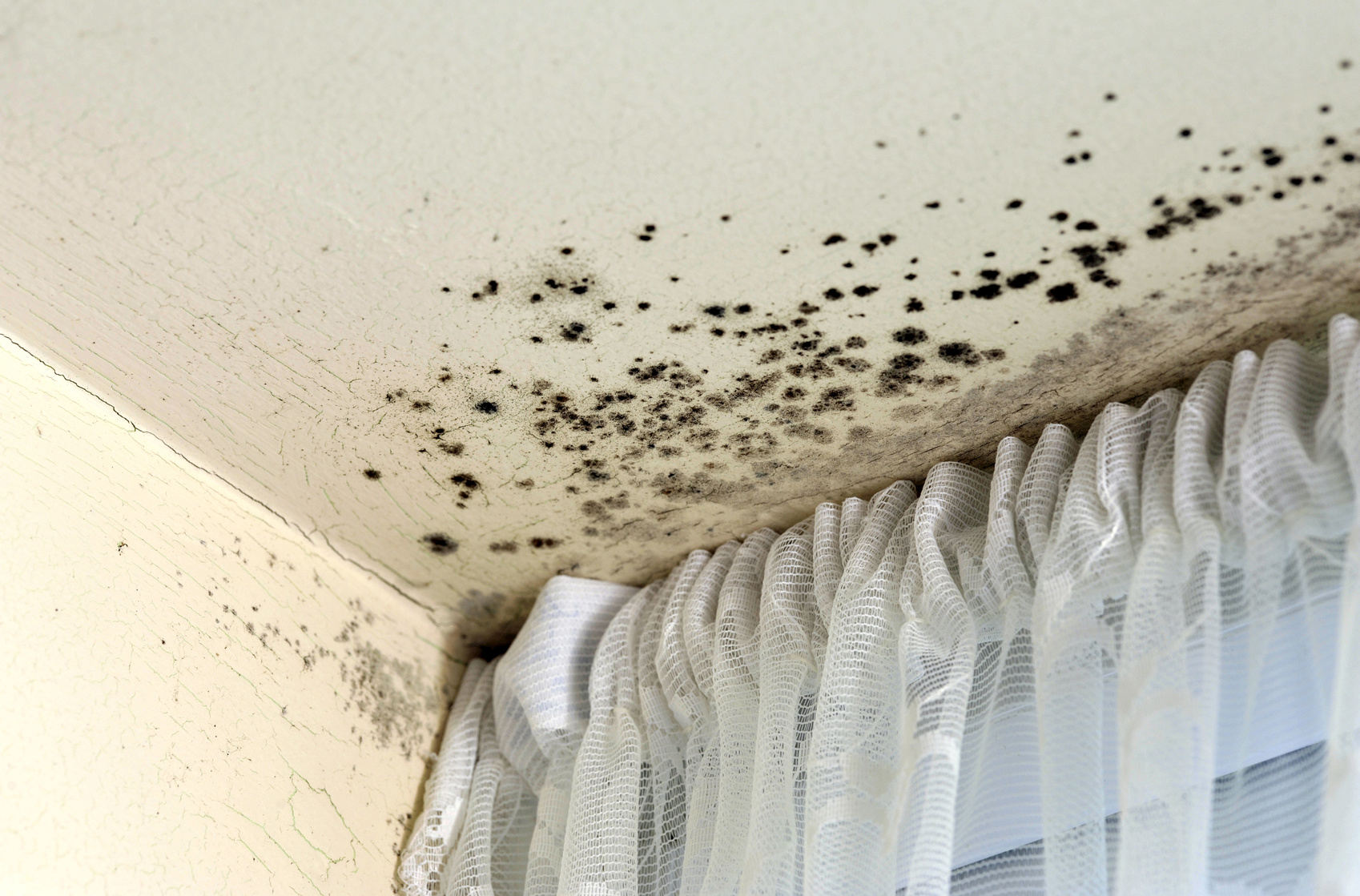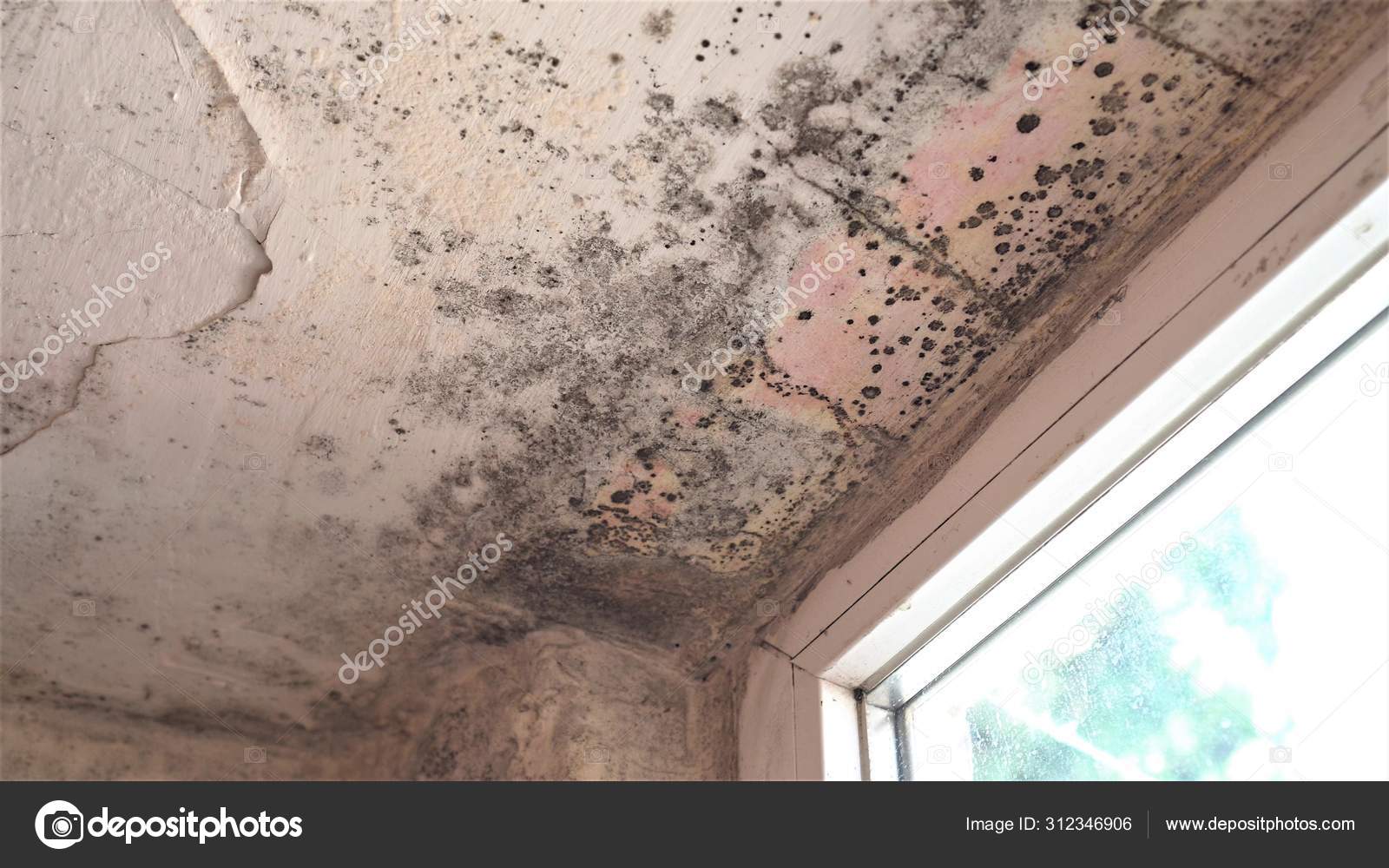Understanding Mold Growth

Mold is a common problem in homes, especially in humid environments. It can grow on various surfaces, including walls, ceilings, and furniture. While mold can be a nuisance, it can also pose health risks, particularly for individuals with allergies or respiratory issues.
Conditions Favoring Mold Growth
Mold thrives in damp, warm environments with limited air circulation. In bedrooms, corners and ceilings are particularly susceptible to mold growth due to:
- Condensation: Warm, moist air from showers, cooking, or breathing can condense on cold surfaces, such as corners and ceilings, creating ideal conditions for mold growth.
- Poor Ventilation: Bedrooms with inadequate ventilation trap moisture, making it difficult for the air to dry out. This can create a breeding ground for mold spores.
- Leaks: Water leaks from plumbing, roofs, or windows can create dampness, providing a perfect environment for mold to flourish.
Types of Mold Found in Homes
There are numerous types of mold, each with its unique characteristics and potential health effects. Some common types found in homes include:
- Cladosporium: This black or dark green mold is often found on wood, drywall, and carpets. It can cause allergies and respiratory problems.
- Aspergillus: This mold, which can be green, yellow, or black, is known to produce toxins. Exposure to Aspergillus can trigger allergic reactions, respiratory problems, and even lung infections in vulnerable individuals.
- Penicillium: This mold, commonly seen as blue or green, is often found on food and can cause allergies, respiratory issues, and skin irritations.
The Lifecycle of Mold
Mold reproduces through spores, microscopic particles that can travel through the air. The lifecycle of mold can be divided into several stages:
- Spore Germination: When mold spores land on a suitable surface with sufficient moisture and nutrients, they germinate, forming a small, thread-like structure called a hypha.
- Hyphal Growth: The hyphae grow and branch out, forming a network called a mycelium. The mycelium is responsible for absorbing nutrients and water from the surrounding environment.
- Reproduction: As the mycelium matures, it produces new spores, which are released into the air and can spread to other surfaces, starting the cycle anew.
Mold spores are ubiquitous, meaning they are present in the air everywhere. However, they only grow and multiply in favorable conditions, such as those described above.
Identifying Mold in Bedroom Corners: Mold In Corner Of Bedroom Ceiling

Mold growth in bedroom corners is a common issue, often linked to excess moisture. Recognizing its presence is crucial for addressing the problem and preventing health complications. While mold may seem insignificant, its presence can trigger allergic reactions and respiratory problems, particularly in vulnerable individuals. This section provides guidance on identifying mold in bedroom corners, empowering you to take proactive steps towards a healthier living environment.
Visual Cues of Mold Growth, Mold in corner of bedroom ceiling
Mold can manifest in various ways, often indicating its presence through visual cues. These cues serve as early warning signs, prompting you to investigate further.
- Discoloration: Mold can appear in various colors, including black, green, white, or gray. The color of the mold depends on its species and the environment in which it grows. Discoloration on the ceiling corner, particularly in patches or streaks, can be a telltale sign of mold growth.
- Texture Changes: Mold can alter the texture of surfaces, causing them to feel rough, bumpy, or slimy. This change in texture can be noticeable on the ceiling corner, indicating the presence of mold growth.
- Musty Odor: Mold often produces a distinctive musty or earthy odor. If you notice a musty smell in your bedroom, especially near the corner of the ceiling, it could be an indication of mold growth.
Inspecting for Mold
Thorough inspection is crucial for identifying the presence of mold and determining its extent. This involves examining the corner of the ceiling and the surrounding area for signs of moisture and mold growth.
- Moisture Sources: Identify potential moisture sources in the bedroom, such as leaky pipes, condensation from windows, or poor ventilation. Moisture provides the ideal environment for mold growth.
- Visual Examination: Carefully examine the corner of the ceiling, paying close attention to any discoloration, texture changes, or signs of water damage. Use a flashlight to illuminate the area for a closer inspection.
- Surrounding Area: Inspect the surrounding area, including the walls, furniture, and carpeting, for signs of mold growth. Mold can spread from one area to another, so it’s important to check for any signs of contamination.
Mold Types and Appearance
Various types of mold can be found in bedrooms, each with distinct characteristics. Identifying the type of mold present can help determine the appropriate remediation measures.
| Mold Type | Color | Texture | Odor |
|---|---|---|---|
| Black Mold (Stachybotrys chartarum) | Black or dark green | Slimy or velvety | Musty or earthy |
| White Mold (Aspergillus) | White or gray | Powdery or fuzzy | Musty or earthy |
| Green Mold (Penicillium) | Green or blue-green | Fuzzy or powdery | Musty or earthy |
Addressing Mold in Bedroom Corners

Mold growth in bedroom corners can be a source of worry and discomfort, affecting the air quality and potentially posing health risks. However, armed with knowledge and a proactive approach, you can effectively tackle this issue and create a healthy and comfortable living space.
Removing Mold from Bedroom Corners
Mold removal involves a systematic approach to eliminate the visible growth and address the underlying causes. Here’s a step-by-step guide to help you:
- Prepare the Area: Before you start cleaning, protect yourself by wearing gloves, a mask, and eye protection. Open windows for ventilation and cover furniture to prevent contamination.
- Remove Excess Mold: Using a scraper or brush, gently remove loose mold from the surface. Avoid using a vacuum cleaner as it can spread mold spores. Dispose of the removed mold in a sealed plastic bag.
- Clean the Affected Area: Prepare a cleaning solution by mixing one cup of bleach with one gallon of water. Apply the solution to the affected area using a sponge or cloth, making sure to cover all visible mold. Allow the solution to sit for 10 minutes before wiping it clean with a damp cloth. Rinse the area thoroughly with clean water and allow it to dry completely.
- Repeat Cleaning: If necessary, repeat the cleaning process until all visible mold is gone. If the mold is persistent, consider consulting a professional mold remediation specialist.
Preventing Mold Growth in Bedrooms
Mold thrives in damp environments, so controlling humidity and ensuring adequate ventilation are crucial to prevent its growth. Here’s a checklist for preventing mold in bedrooms:
- Ventilation: Ensure proper ventilation by opening windows and using exhaust fans, especially after showers or cooking. This helps remove moisture from the air.
- Humidity Control: Maintain a relative humidity level below 60% in your bedroom. Use a dehumidifier if necessary to control excess moisture.
- Regular Cleaning: Clean your bedroom regularly, including wiping down surfaces, vacuuming carpets, and washing bedding. This removes dust, debris, and potential food sources for mold.
- Address Leaks: Promptly repair any leaks or water damage, as these create ideal conditions for mold growth.
Professional Mold Remediation
In cases of severe mold infestation, professional mold remediation is essential to ensure complete removal and prevent future growth. Here’s what you can expect:
- Assessment: A qualified professional will inspect the affected area to determine the extent of the infestation and identify the source of moisture.
- Containment: The affected area will be isolated to prevent the spread of mold spores.
- Mold Removal: Using specialized equipment and techniques, the professional will remove the mold from surfaces and materials.
- Cleaning and Sanitization: The affected area will be thoroughly cleaned and sanitized to eliminate remaining mold spores.
- Restoration: If necessary, damaged materials will be repaired or replaced.
The cost of professional mold remediation varies depending on the severity of the infestation, the size of the affected area, and the type of remediation required. It’s crucial to consult with a reputable mold remediation specialist for an accurate assessment and cost estimate.
Mold in corner of bedroom ceiling – Mold in the corner of your bedroom ceiling can be a serious issue, affecting both your health and the aesthetics of your space. While tackling the mold problem is a priority, consider creating a more enjoyable atmosphere by transforming your bedroom ceiling into a cinematic haven.
A projector for bedroom ceiling can provide a captivating movie experience, effectively distracting from the unsightly mold while you work on a solution. Once the mold is removed, your bedroom ceiling will be a blank canvas for endless entertainment possibilities.
Mold in the corner of your bedroom ceiling can be a serious issue, but it doesn’t have to mean a complete overhaul. Instead of focusing on the problem, consider a fresh start with a bedroom inspiration dark wood theme.
Dark wood accents can add a touch of sophistication and help to draw the eye away from any imperfections on the ceiling. Once you’ve addressed the mold issue, a new dark wood theme can make your bedroom feel like a haven of tranquility.
